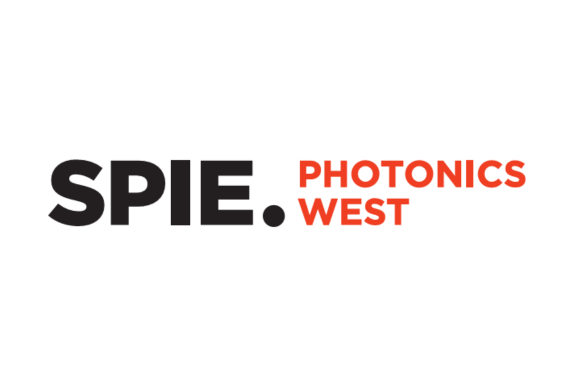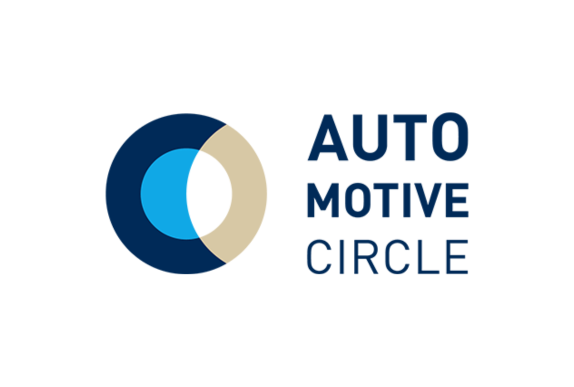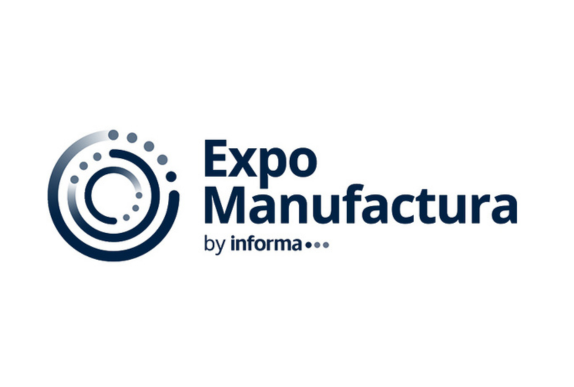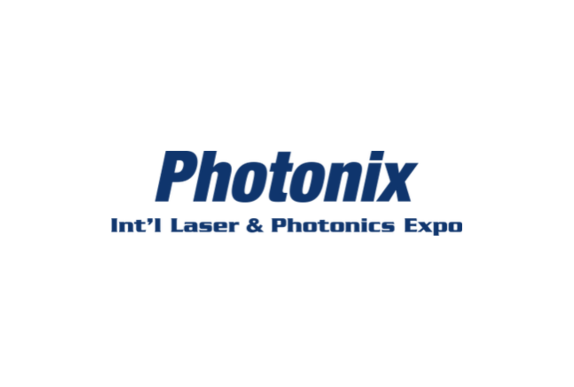
Since 1990, IPG has been applying light to transform the world. Today, we offer a broad range of high-performance lasers and laser systems that are used in material processing, medical procedures, and advanced applications.
Our pioneering innovation has consistently shaped the laser industry landscape, driving the widespread adoption of laser solutions across diverse applications and sectors. Renowned for producing the most energy-efficient lasers globally, we empower our customers to reduce costs while contributing to energy savings and reductions in CO2 emissions.
In tandem with industry growth, IPG has expanded its presence, establishing manufacturing facilities, application laboratories, and service centers in over 30 countries that are supported by a team of over 4,000 dedicated employees. Every day, customers across numerous industries place their trust in IPG's laser technology to manufacture billions of products and contribute to a sustainable and prosperous future.


















